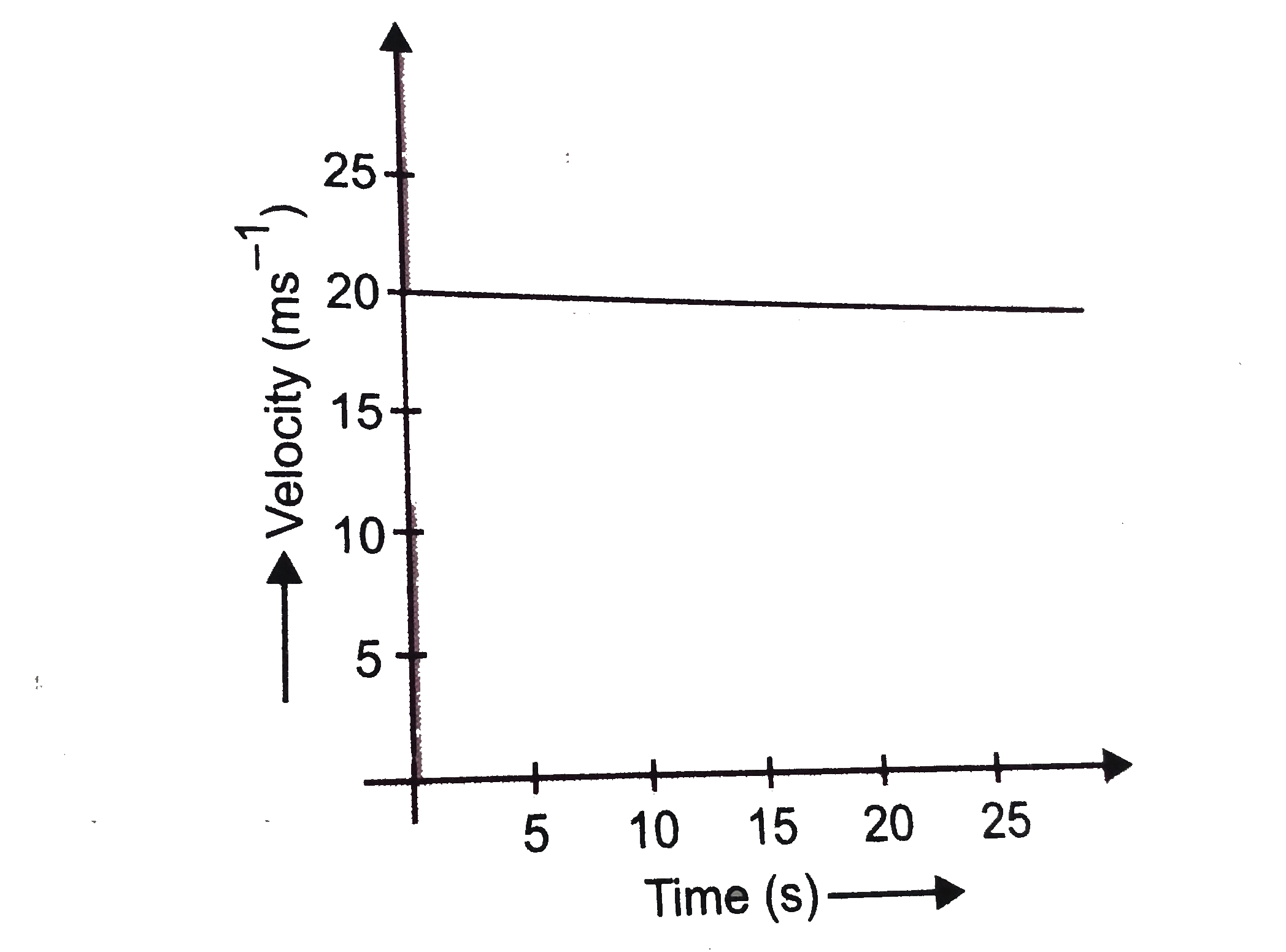A partical covers 35 cm, 50 cm, 89 cm distances during the third, seventh and tweIfth seconds respectiveIy of ite motion. Show that the partical is moving with a constant acceleration. Find (i) initial velocity and (ii) distance covered in 8 s by the partical. Solution in Bengali
The correct Answer is:(i) 20 cm.s−1 (ii) 352 cm
Step by step video, text & image solution for A partical covers 35 cm, 50 cm, 89 cm distances during the third, seventh and tweIfth seconds respectiveIy of ite motion. Show that the partical is moving with a constant acceleration. Find (i) initial velocity and (ii) distance covered in 8 s by the partical. by Physics experts to help you in doubts & scoring excellent marks in Class 11 exams.
Topper's Solved these Questions
- BOOK - CHHAYA PUBLICATIONCHAPTER - ONE - DIMENSIONAL MOTION EXERCISE - Problem Set - II (Based on Vertical Motion )9videos
ONE - DIMENSIONAL MOTION
- BOOK - CHHAYA PUBLICATIONCHAPTER - ONE - DIMENSIONAL MOTION EXERCISE - Problem Set - II ( Miscellaneous)6videos
ONE - DIMENSIONAL MOTION
- BOOK - CHHAYA PUBLICATIONCHAPTER - ONE - DIMENSIONAL MOTION EXERCISE - Problem Set - II (Based on Speed, Velocity and Acceleration )4videos
ONE - DIMENSIONAL MOTION
- BOOK - CHHAYA PUBLICATIONCHAPTER - NEWTONIAN GRAVITATION AND PLANETARY MOTIONEXERCISE - CBSE SCANNER19videos
NEWTONIAN GRAVITATION AND PLANETARY MOTION
- BOOK - CHHAYA PUBLICATIONCHAPTER - QUESTION PAPERS OF NEET -2017EXERCISE - QUESTION32videos
QUESTION PAPERS OF NEET -2017
Similar Questions
A piece of stone is dropped from the top of a tower 90 m tall and at the same time another piece of stone is thrown upwards with a velocity of 30 m.s−1 from the base of the tower. When and where will the stone pieces meet?
08:29View SolutionA man walks on a straight road from his home to a market 2.5 km away with a speed of 5 km.h−1 . Finding the market closed he instantly turns and walks back home with a speed of 7.5 km.h−1 . What is the
(a) magnitude of average velocity and03:17View SolutionAn athIete covers a circuIar path of radius 70 m in 55 s and returns to the starting point. Find the magnitude of his aevrage speed and averge velocity. If he compIetes the Iast 40 m of the path at the same rate in 4 s, find the vaIue of instantaneous speed and velocity in that intervaI of time.
01:17View SolutionWhat is the reason for absence of atmosphere in some planets?
04:23View SolutionA molecule of a substance has permanent dipole moment p . A mole of this substance is polarised by applying a storg electrostatic field E . The direction of the field is suddenly changed of 60∘ . If N is the avogadro's number the amount of work done by the field is
00:55View SolutionA partical excutes SHM with an angular an amplitude 8 cm and a frequency 4 cm initially, in the possitive direction , determine its displecement equation and the maximum velocity and acceleration.
01:14View SolutionA partical executes SHM with an amplltude of 10 cm and friquency 2 Hz, at t = 0 , the partical is at point where potential energy and kinetic energy are same. Find the equation of displacement of partical.
02:37View SolutionIf the maximum speed and acceleration of a partical executing SHM is 20cm/sand100cm/s, find the time period od oscillation.
02:03View SolutionA partical of mass 2 kg is moving of a straigh line under the actin force F = (8 - 2s)N . It is released at rest from x = 6m . a. Is the partical moving simple hormonically. b.Find the equilibrium position of the partical. c. Write the equiation of motion of the partical. d. Find the time period of SHM.
04:32View SolutionThe kinetic energy of partical moving along a circule of radius R depends upon the distance covered S and given by K = aS where a is a constant. The the force acting on the partical is
01:38View Solutionforce F on a partical moving in a straight line veries with distance d as shown in the figure. The work done on the partical during its displacement of 12 m is
04:37View SolutionThe velocity-time graph shows the motion of a cyclist. Find (i) its acceleration (ii) its velocity and (iii) the distance covered by the cyclist in 15 seconds.
 02:52View Solution
02:52View SolutionA partical moves 5M towards east and then 12m towards north. Find the displacement and distance covered.
02:08View Solutions-t graph for a partical, moving with a constant acceleration, subtends 45^(@) angIe with the time axis at time t. That angle becomes 60^(@) 1s Iater. Find the acceleration of the partical.
01:17View SolutionA partical is moving along the x-axis. The position of the partical at any instant is given by x = a+ bt^(2) where, a = 6 m and b = 3.5 "m.s"^(-2) ,t is measured in second. Find the velocity of the partical at t = 3s .
02:15View Solution

